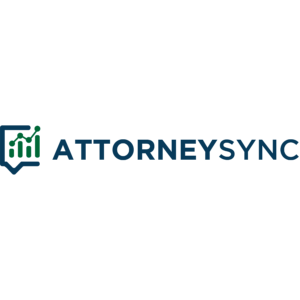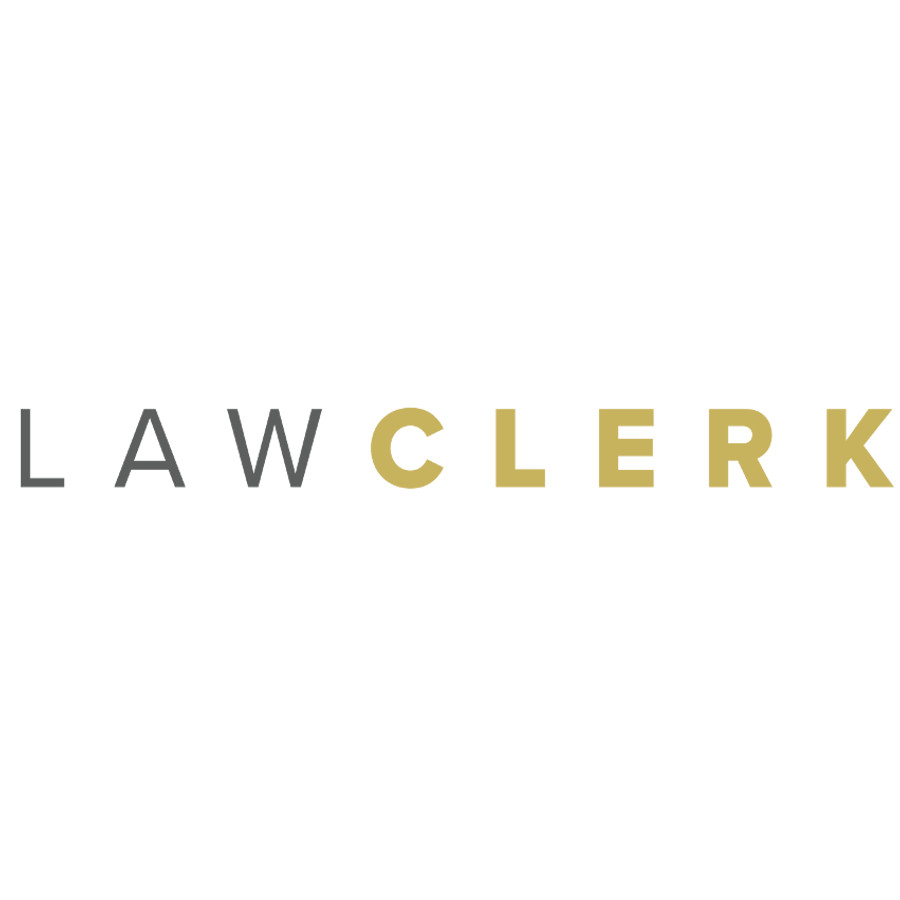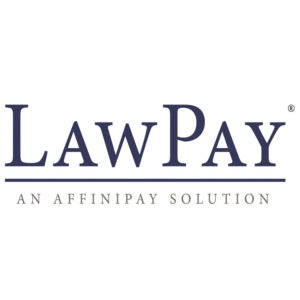Earlier this month I was contacted by Carey Ransom, the CEO of Realpractice.com in regards to my report on my first month of blogging (available in the sidebar at the right). We spoke a bit about transparency, and the lack thereof, that is often found online and in the legal blogging area in particular. After going back and forth a bit he asked if I would be interested in checking out their products. I was skeptical at first, thinking it was a sales pitch, but he assured me it was not, but rather he was looking for feedback on their service because he genuinely wants it to be useful and helpful to their clients (lawyers).
I thought about it for a bit because I didn’t want to be seen as taking gratis for providing coverage of a service I didn’t use. But after considering it for awhile I thought it was probably better that I do try out the service because otherwise, how would any other young attorney know whether it’s good or not? There are many, many companies out there looking to provide some sort of service for attorneys and law firms and it can be tough to determine whether or not the service is worthwhile. Often times it’s only through a matter of trial and error (and blowing through thousands of dollars) that one can determine if a service is useful and essential to one’s practice. I thought that if I could use the service and provide an honest review, that it might be genuinely beneficial to other new lawyers.
As such, I took him up on his offer for a couple weeks free trial for one of their services, SmartRules, in order to be able to check out the service. I took the offer with the caveat that I would share my honest opinion of the service, for better or for worse, and Mr. Ransom agreed that was the only way to go about it. Onwards.
SmartRules is a service for litigators that offers task-based, procedural guides. These SmartRules Guides are step-by-step checklists written in plain English that summarize the requirements for drafting and filing civil litigation documents from all rules sources.
SmartRules is designed to make filing civil litigation documents easier. Simply tell SmartRules what you’re doing (e.g., Filing a Motion to Dismiss in the Northern District of Illinois), and SmartRules compiles a guide to all applicable rules, organized logically and in one place (negating the need to go to multiple sources).
A SmartRules guide summarizes the procedural requirements in plain English (and also contains links to the full rule text). It also provides additional expert commentary; for example, when there is a conflict between sources, SmartRules guides examine the issue and state the prevailing wisdom.
Overview
The best way to describe way to describe the service in my mind is to say that it provides on-demand crib sheets for drafting and filing civil litigation documents. First off, it’s only fair to say that everything in the guides is available either through Westlaw, LexisNexis, a State or Federal regulations website, etc. However, as anyone who has spent time navigating Civ Pro rules, Evidence Rules, and local rules of a court, plus any standing orders from a Judge, knows that it can often be a bit of a headache to get them all together and sort them out – especially if you are new to practice. More seasoned attorneys might be able to navigate the Rules with ease, but for someone new to practice it can often be time-consuming to jump around the code and make sure you’re dotting your “i’s” and crossing your “t’s.” Plus, the rules are updated daily, so the Smartrules service should ensure that a changed rule is never missed.
Also, considering some of their clients (Skadden, Cravath, DLA Piper, etc.)(1), it would seem that attorneys from a wide range of experience use their service. If not the attorneys themselves, their paralegals or young associates use the service.
Layout
The guides are broken down into categories such as: Timing, Pleading Rules, Form and Format, Additional Documents, Filing and Service, etc. The best way to get a feel and understanding of their service is to look at one of the guides themselves. They have a sample document available, [EDIT: They were updating the example, it’s fixed now]. So I’m going to pull a small sample from one of their guides so you can get an idea of the format. From their U.S. District Court, Connecticut guide on Answers, the following appears under Timing:
Answer to Complaint, Cross-Claim or Counterclaim, Reply to Answer
RULE AMENDED EFFECTIVE DECEMBER 1, 2009
An answer to a complaint or cross-claim, or a reply to a counterclaim, must be served within 20 21 days after service of the complaint, cross-claim or counterclaim. FRCP 12(a)(1)(amended eff 12/1/09).
United States defendants must answer within sixty (60) days after the United States attorney is served. FRCP 12(a)(2).
Answer to Impleader (Third Party) Complaint
RULE AMENDED EFFECTIVE DECEMBER 1, 2009
A third party defendant must respond to a third party complaint within 20 21 days. FRCP 12(a)(1)(amended eff 12/1/09).
Answer To Amended Complaint
RULE AMENDED EFFECTIVE DECEMBER 1, 2009
A pleading responsive to an amended complaint is due within the time remaining for response to the original complaint, or within 10 14 days after service of the amended complaint, whichever is later. FRCP 15(a)(3)(amended eff 12/1/09).
Rule 4 Waiver
If service of the summons has been timely waived on request under Rule 4(d), defendant must serve an answer within 60 days after the date when the request for waiver was sent, or within 90 days after that date if the defendant was addressed outside any judicial district of the United States. FRCP 12(a)(1)(A)(ii).
After Denial of Rule 12 Motion
RULE AMENDED EFFECTIVE DECEMBER 1, 2009
If the court denies a Rule 12 motion or postpones its disposition until trial, the responsive pleading must be served within 10 14 days after notice of the courts action. FRCP 12(a)(4)(A)(amended eff 12/1/09).
After Granting Motion For a More Definite Statement
RULE AMENDED EFFECTIVE DECEMBER 1, 2009
If the court grants a motion for a more definite statement, the responsive pleading must be served within 10 14 days after the more definite statement is served. FRCP 12(a)(4)(B)(amended eff 12/1/09).
After Removal
RULE AMENDED EFFECTIVE DECEMBER 1, 2009
After removal, repleading is unnecessary unless the court orders it. A defendant who did not answer before removal must answer or present other defenses or objections within the longest of these periods:
(A) 20 21 days after receiving through service or otherwise a copy of the initial pleading stating the claim for relief;
(B) 20 21 days after being served with the summons for an initial pleading on file at the time of service; or
(C) 5 7 days after the notice of removal is filed. FRCP 81(c)(2)(amended eff 12/1/09).
Calculating the Due Date or Deadline
RULE AMENDED EFFECTIVE DECEMBER 1, 2009
Under amended FRCP 6(a)(1), all deadlines stated in days, no matter the length of the period, are computed in the same way. The day of the event that triggers the deadline is not counted. All other days – including intermediate Saturdays, Sundays, and legal holidays – are counted, with only one exception: If the period ends on a Saturday, Sunday, or legal holiday, then the deadline falls on the next day that is not a Saturday, Sunday, or legal holiday. FRCP 6(a)(1)(amended eff 12/1/09).
When determining the last day of a filing period stated in days, a day on which the clerk’s office is not accessible because of the weather or another reason is treated like a Saturday, Sunday, or legal holiday. FRCP 6(a)(3)(amended eff 12/1/09).
The end of the last day of a period is defined as midnight in the court’s time zone for electronic filing, and closure of the clerk’s office for filing by any other means. FRCP 6(a)(4)(amended eff 12/1/09).
In determining what is the “next” day, one must continue counting in the same direction – that is, forward when computing a forward-looking period and backward when computing a backward-looking period. FRCP 6(a)(5)(amended eff 12/1/09).
Legal holidays are set forth and defined at Rule 6(a)(6). FRCP 6(a)(6)(amended eff 12/1/09).
Jurisdictions
One thing that needs to be said is the focus of jurisdictions in their guides. The usual suspects: Fed Circuits, CA, DE, FL, MD, NY, and TX all have numerous guides available. However, take my home state for example (Alabama), there isn’t a single guide available. It wouldn’t make sense for a firm in one of the underserved states to pay for the service.
User Interface
One thing that Realpractice definitely has done right is its usability and interface design. There are lots of poorly designed, slow websites out there marketing services to attorneys. However, Smartrules has a clean interface and well thought-out design. It was never difficult to find what I was looking for and there was no unnecessary clutter. It’s good they spent time on this because otherwise it would render the service unusable.
Closing Thoughts
Right up front, if your jurisdiction doesn’t have any guides, it doesn’t make sense to use the service, period. In its current state, Smartrules is only useful to attorneys in major markets. Whether or not this is their focus or they are going to attempt to grow into the other states, I can’t say. So if you’re in one of the major markets with numerous guides available, is the service worth it? I’ll give the standard lawyer answer: It depends.
The Smartrules service is predicated on saving the user time, so the question is: how valuable is your time? If you are at a busy firm with lots of clients, a high turnover of cases, and a ready expense budget – outsourcing this type of activity probably makes sense. If you’re a new solo practitioner or small firm and are closely following your bottom line, you’re probably better off getting a law clerk a making them wade through court rules – he or she needs something to do anyway. That being said, I really, really like the format of the SmartRules guides. It’s well thought out and it’s nice to have everything in one place, available at a glance. It’s definitely the most convenient way I’ve seen the rules laid out.
The service costs $67 a month, if subscribing on a month-by-month basis. It costs $47 a month if you purchase a year at a time. If you sit on the website for a minute a pop-up appeared on my screen offering the service at nearly half-price “for today only,” so it’s likely that one can get the service for less than offered price. In the end, only you can know what your time is worth and what you can afford. But if you spend a lot of time drafting litigation and worrying about format, deadlines, filing, etc. and are in a major market, it’s definitely worth your time to give a look at the Smartrules service.
(1) – What is up with Cravath’s new site design? It’s horrible. Ugh.













